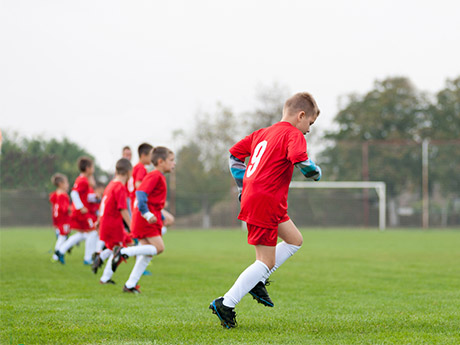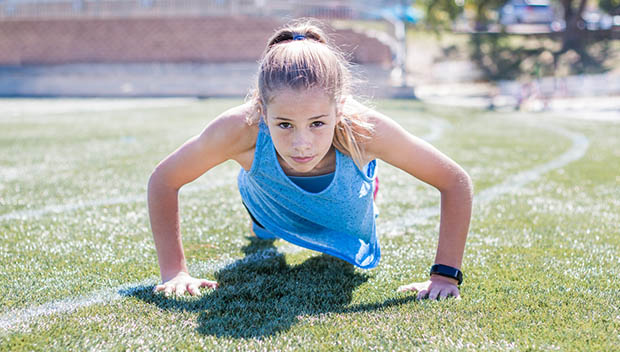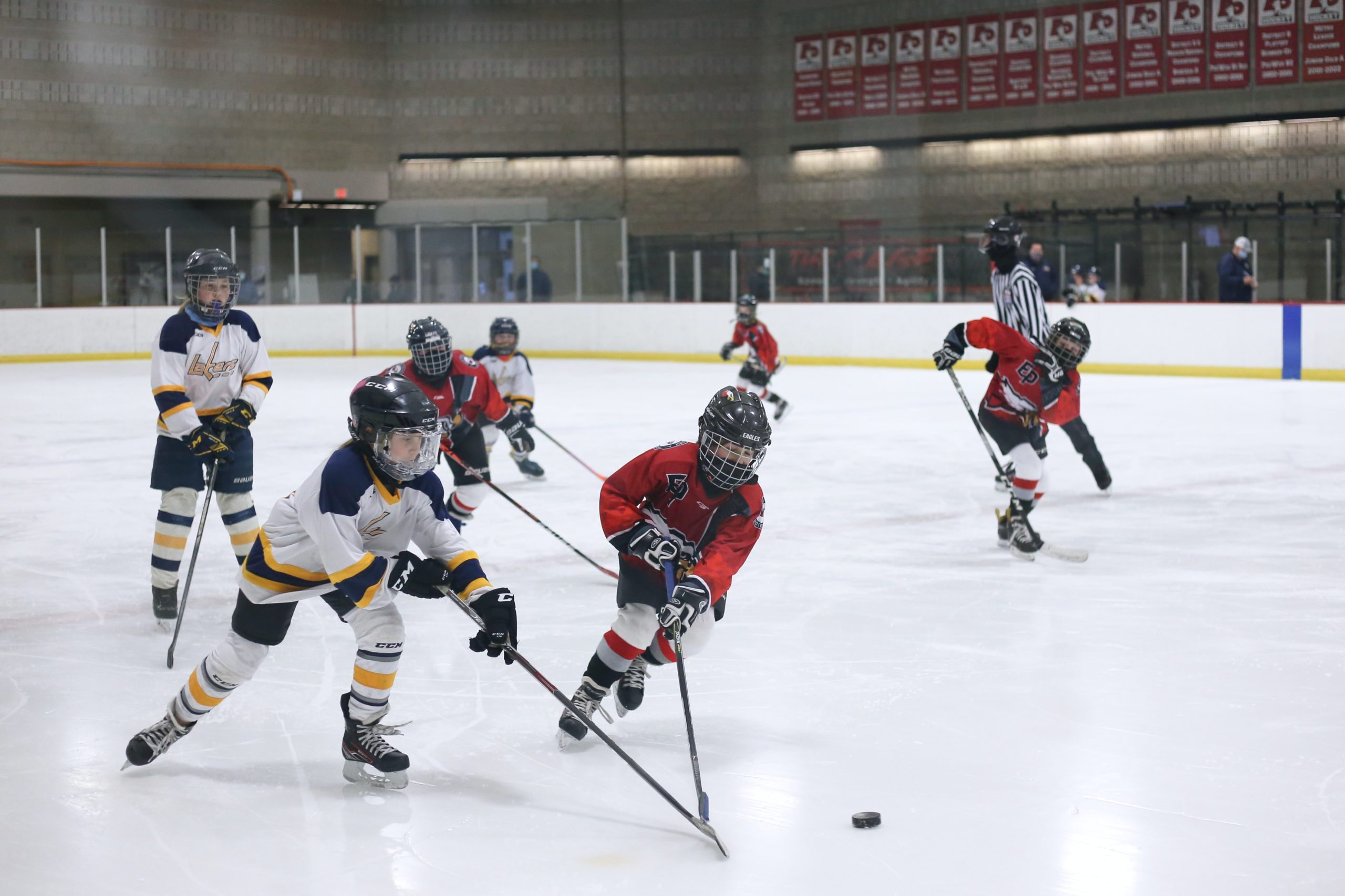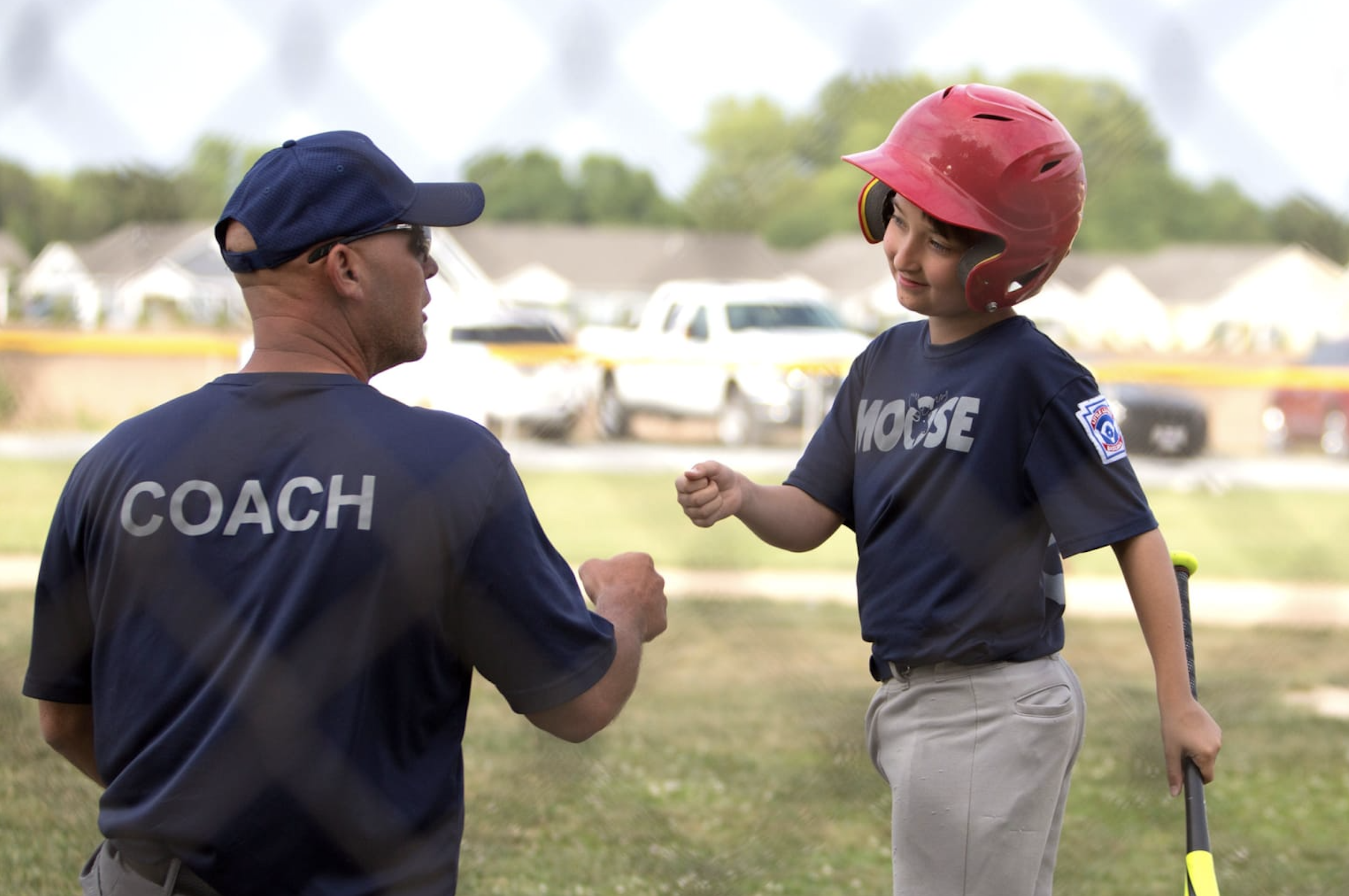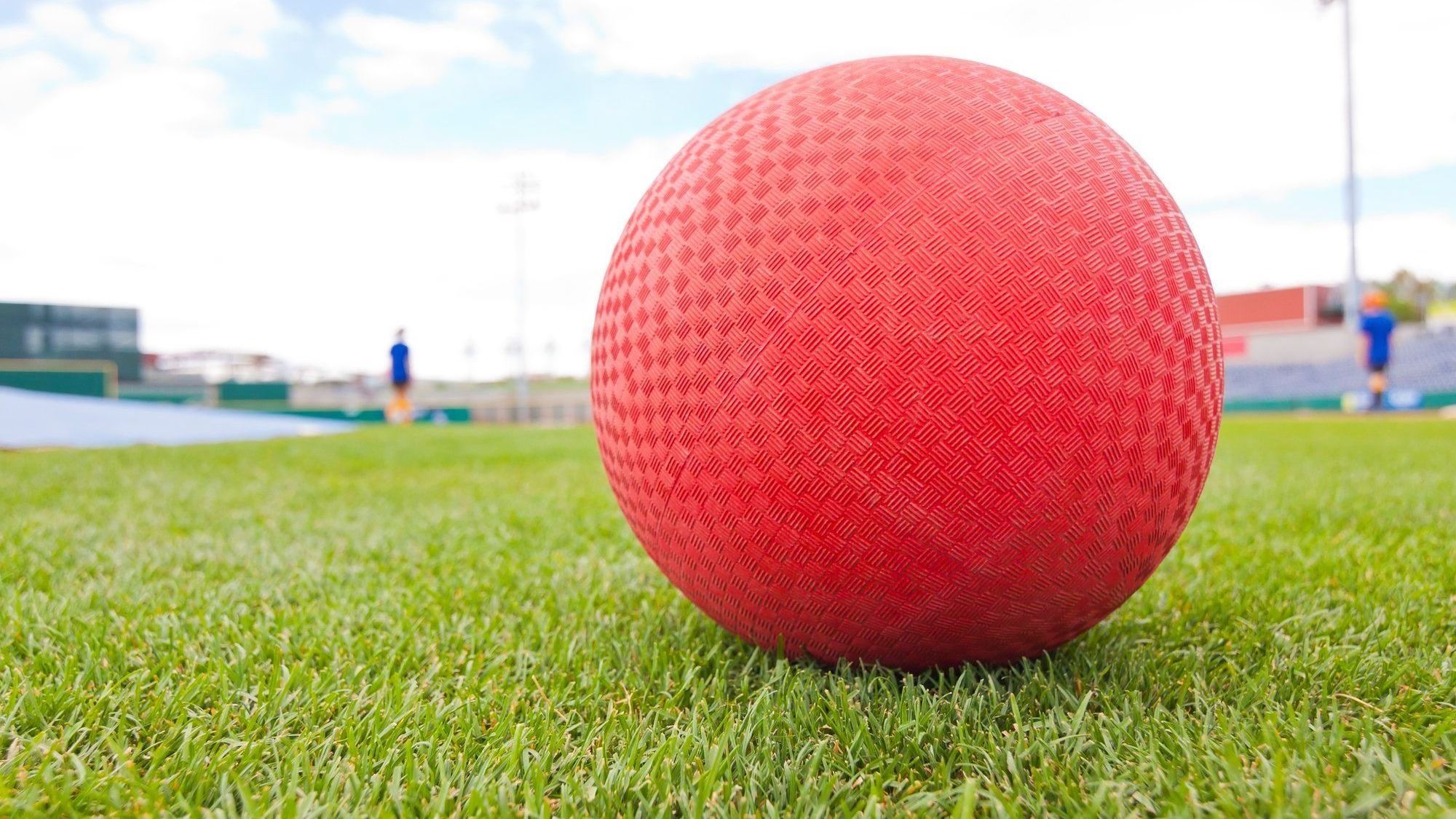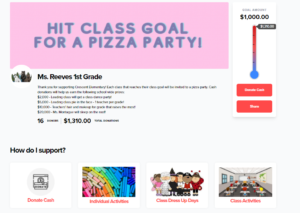Is conditioning important in youth sports? Studies show that daily conditioning and exercise is crucial for healthy development for kids and all aspects of their lives–physical development, social skills, mental skills, etc.
Naturally, throughout the practice, kids will be conditioning and learning to coordinate their awkward little bodies through the sport. Us adults have a pretty solid grip on jogging, sprinting, jumping, catching, skipping, etc., but these are still pretty new to younger kids, or even older kids! We should never judge whether or not a child can perform these activities like professional athletes would. Kids develop at different rates; some will quickly catch on to things while others may not get it down for awhile. Patience is key here.
When talking about conditioning in practice, we normally mean the scheduled 5-10 minutes before/after practices that focus purely on things like running sprints, suicides (we should probably change the name of that if we haven’t yet), jumping, etc. Are these too tough for kids, or should they be done in every practice? The answer is, yes, they should be done in every practice, but they need to be done correctly.
If you need some tips on how to better execute conditioning in your youth sports team, read our blog post about it! We go over how to make conditioning fun for your athletes, how to make it exciting and challenging without it being a negative experience, and why YOU should get involved during conditioning segments!
Helping your kids enjoy exercise and conditioning
When it comes to conditioning and overall training the human body, it’s important to take the age of each child considerably. This will help you determine the right kind of activities to do in or outside of the sport. Kidshealth.org has some thoughts on how and why kids should take conditioning seriously:
“Keep in mind your child’s age and developmental level, natural abilities, and interests. Kids 6 to 8 years old are sharpening basic physical skills like jumping, throwing, kicking, and catching. Some enjoy doing this in organized sports teams, but non-competitive leagues are best for younger kids. Show your support by coaching your child’s team or cheering from the stands on game days. Kids 9 to 12 years old are refining, improving, and coordinating skills. Some become even more committed to a sport while others drop out as competition heats up and level of play improves.”
In this modern day in which staying at home, watching TV, playing video games (none of which are terrible things, but it easier to do these things) than going outside, it’s crucial to have your child and the kids on your sports team be sure to do some sort of conditioning every day. Another quote from Kidshealth.org:
“Kids who enjoy sports and exercise tend to stay active throughout their lives. And staying fit can improve how kids do at school, build self-esteem, prevent obesity, and decrease the risk of serious illnesses such as high blood pressure, diabetes, and heart disease later in life.”
Why conditioning will help your players
- Conditioning allows players to work together while also working individually. Some kids will naturally be faster or stronger than their teammates. This makes conditioning “easier” for them in that they feel they are not being as challenged as the other kids. Have your kids who finish quicker go back and help their teammates finish the sprint or do their pushups. This can help create a unity in your team and help the less popular kids feel like they belong as well.
- Conditioning can encourage your team to take care of their bodies and and off the field. Helping them learn to better take care of their bodies through exercise, diet, and resting will help build strong habits that they will benefit from for the rest of their lives.
- Kids have a wild amount of energy. Doing conditioning is a great way to help them get their energy out in a great way.
- Conditioning, when done correctly, can help your athletes play better individually and as a whole. Sports require an impressive amount of grace, coordination, and technique. Practicing these with your team during conditioning is a great way to strengthen and train them. Talk about a win win!
